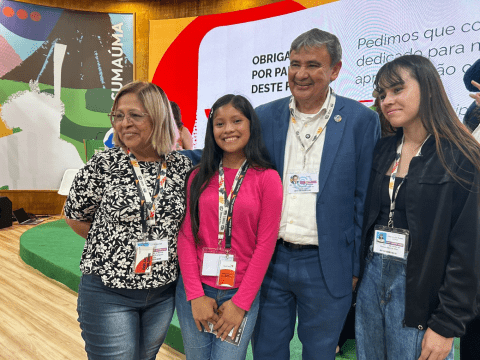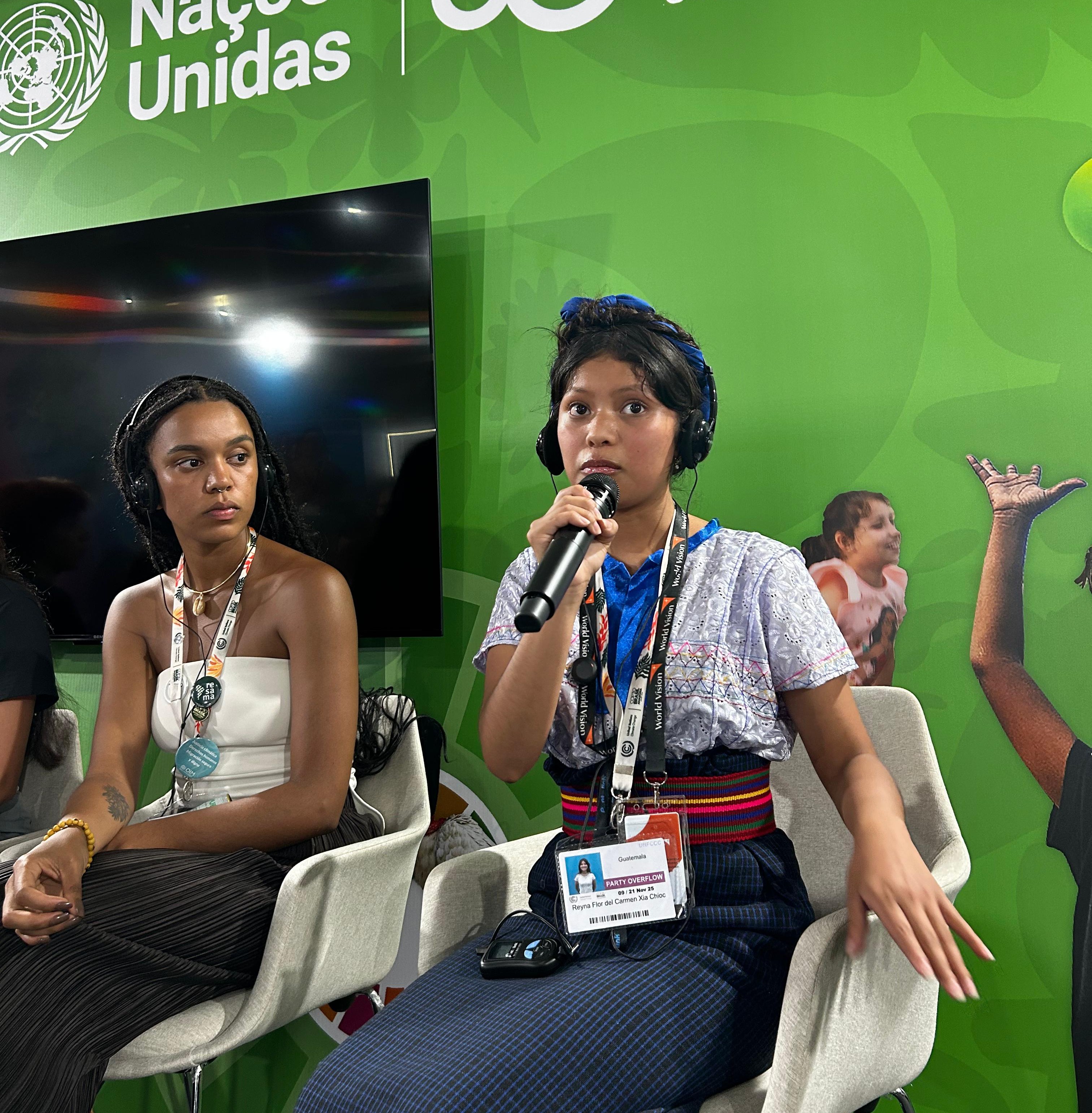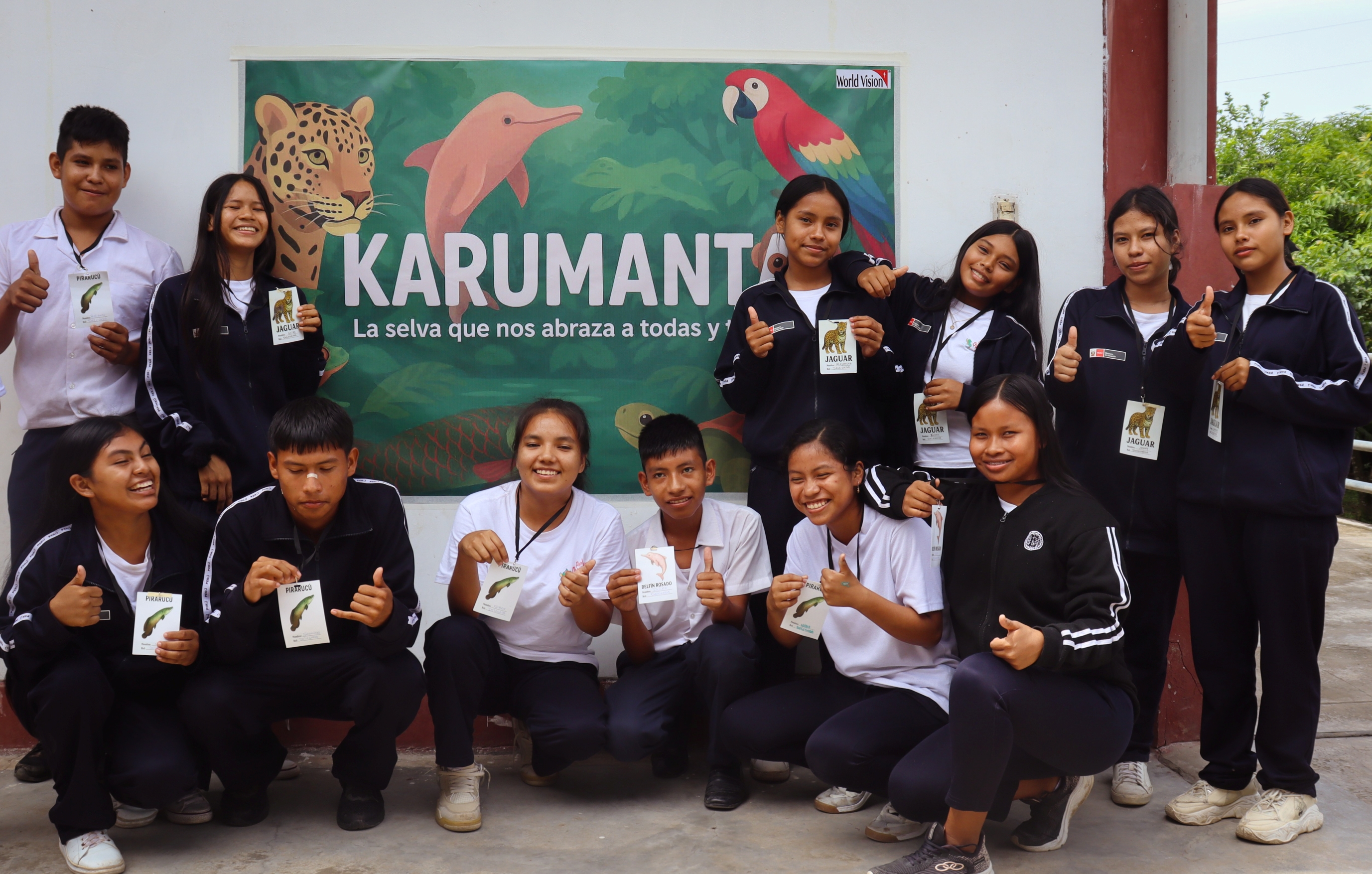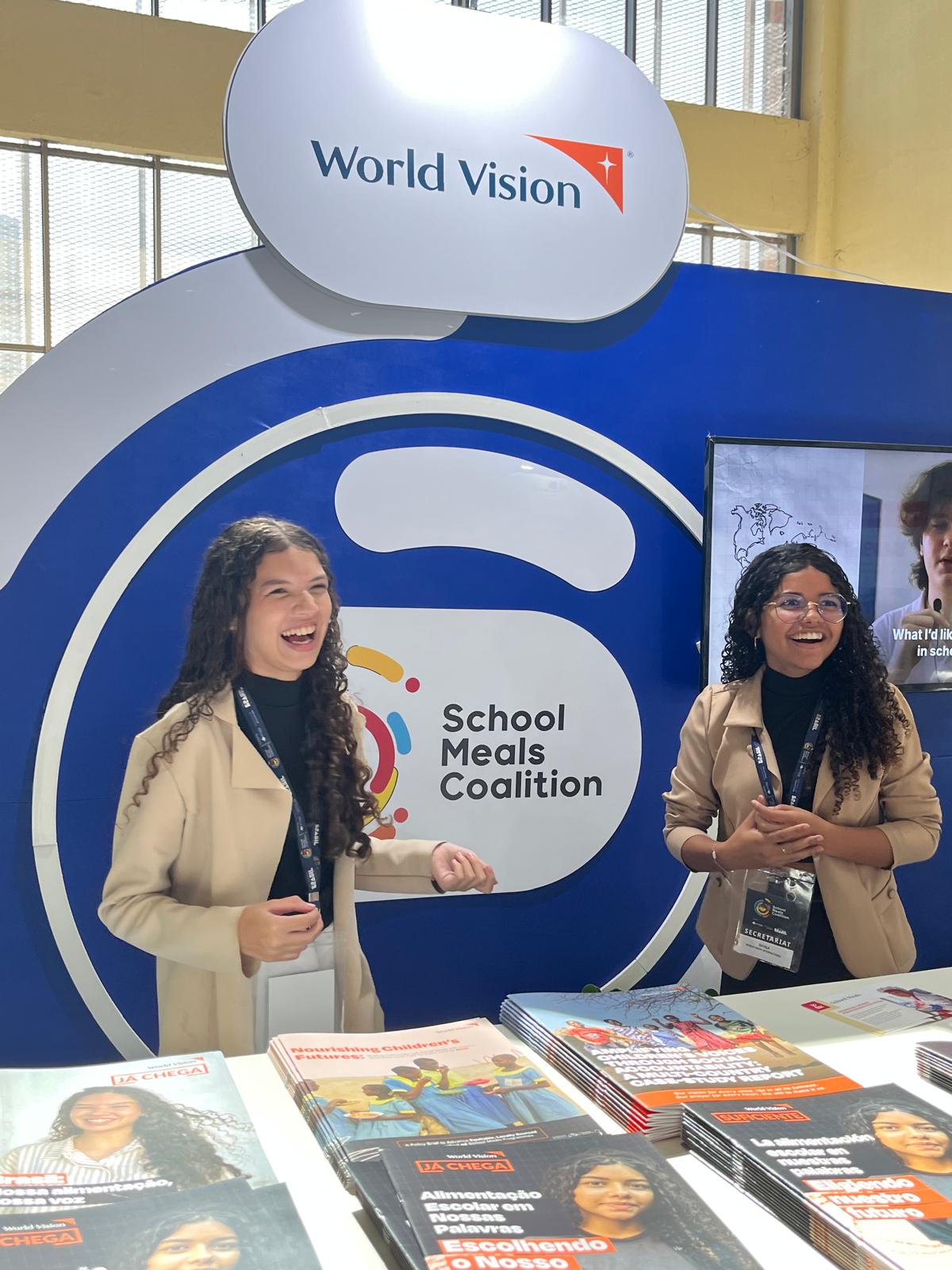
Are we finally ready to let child advocates shape climate action?
Lisa O’Shea, Senior Director for Child-Led & Digital Advocacy, asks why meaningful child participation remains the missing force behind genuine climate action.
19 November 2025.
Child advocates, like the figurehead Greta, are already shaping climate solutions with a clarity and urgency adults often fail to reach. Yet at COP30 in Belém child-led climate action seems to have been crowded out with by declarations and missed targets.
Children are leading. Why pretend they aren’t?
Ask anyone to name a young changemaker and two names often emerge – Malala and Greta. a pair so well-known that their first names are instantly recognisable. Malala and Greta have shown the world that children and young people are active agents driving change – and that their leadership should be fostered. But spotlighting only individual successes ignores the efforts of the thousands of ordinary child advocates whose work is quietly reshaping climate policy and beyond.

Florecita’s story: leading climate action
Consider Florecita, a 16-year-old advocate from Guatemala whose leadership has grown from local volunteering at age 13 to rethinking national school feeding policy with her peers from the United Kingdom and Lebanon. As part of World Vision’s global campaign ENOUGH, Florecita is raising her voice in COP30 and she is determined to press for justice.
“I would like us to be considered in the country’s goals and ambitions through the NDCs. We are the ones who will be facing the consequences of climate change.” Florecita 16 Years from Guatemala.
Her words remind us that climate action is also about who is permitted to speak about it. Answering global climate challenges requires involving those whose future is being negotiated or whose present is already being affected.
Although our minds jump to global examples, meaningful advocacy does not materialise on global stages. Often the most powerful dimension for children’s participation is at the local level. As was the case for Malala and Greta, child-led advocacy often originates from an individual or a structured group responding to a local issue facing children.
Existing structures such as child parliaments or community or church youth groups can foster the right skills and provide a safe space for local-level advocacy. Just think of how Fridays for Future started in a small number of Swedish schools and grew to become a national then global climate movement. Over time, the groups can often organise within and across countries as it becomes clear that, as per climate change, the factors impeding change need to be tackled collaboratively or across borders.

Mini-COPs: Where local evidence gains global weight
Although COP30 will be typified by the expected choreography of global geopolitical manoeuvring and a lack of ambition, arguably the spotlight should be on their little sibling, the Mini-COPs, for their more catalytic potential. In Peru, Brazil and Colombia, more than 260 child advocates have already mapped climate risks, analysed water scarcity and designed practical solutions for safer schools and healthier communities. Their collective manifesto is now being represented by their peers in Belém, carrying a level of momentum that is increasingly difficult for governments to ignore.
But this is not just a warm-up act for the COP itself. Mini-COPs have delivered tangible outcomes: improved school hygiene, new water access points, thriving school gardens, student-led planning committees progressing with national authorities. Central to this impact is the clarity of the evidence children collect through photos, checklists and rapid surveys insights that reveal gaps adults have overlooked for years.
Representation and common solutions
At World Vision, children’s participation is not a symbolic add-on. It is integral to how we understand change and why we consistently advocate for spaces where children can articulate their needs, challenges, and their solutions. This was powerfully demonstrated at the 2nd Global Summit of the School Meals Coalition in Fortaleza, Brazil, where Giselle (15) and Dávila (14) presented findings from the Child Led Research project: School Meals in our Words: Choosing our Future. An astonishing 1,235 children across 13 countries, designed research questions, interviewed their peers, and analysed findings. This type of evidence, paired with local campaigning efforts meant that the Brazilian state of Ceará passed a landmark law banning ultra-processed foods in schools, a major win for child-led advocacy.

Another compelling illustration comes from Asia, where children are finalising research on food, climate and nutrition, united through regional platforms. Their research is demonstrating the commonality of problems faced but also devising common solutions. Through the immensely powerful Young Minds Camp in East Asia, children's recommendations have already influenced national disaster planning. Meanwhile, globally, the Nutrition Dialogues led by World Vision and the 4SD Foundation, spanning 54 countries engaged over 10,000 participants, 40% of them under 18 demonstrated something adults often forget: inclusive dialogue reshapes who speaks and forges common solutions.
A decisive moment
With more inclusive processes, children and young people are shaping what decision-making itself can become. This COP30 must deliver a clear commitment to child-inclusive climate governance. Real progress begins when we stop applauding children for speaking and when we start recognising them as genuine stakeholders in tackling climate change.
As COP30 enters its final stage, governments, partners and multilateral agencies can enhance their own decision-making by expanding the table to include children and young people. Mini-COPs must be institutionalised, children must be included in NDC processes and their evidence-gathering must be properly resourced for COP31.
Children’s leadership in advocacy is undeniable: now they should be treated as equal partners in shaping what comes next.
Lisa O’Shea is World Vision’s Senior Director Child-led and Digital Advocacy, in WVI's Advocacy and External Engagement team, amplifying children's advocacy and leading digital advocacy. With experience spanning health, HIV and AIDS, climate change, trade and the European Parliament, she has worked with World Vision in South Africa, Kenya and Lebanon and is now based in the United Kingdom. She is committed to ensuring children and citizens can influence the decisions that shape their lives.


